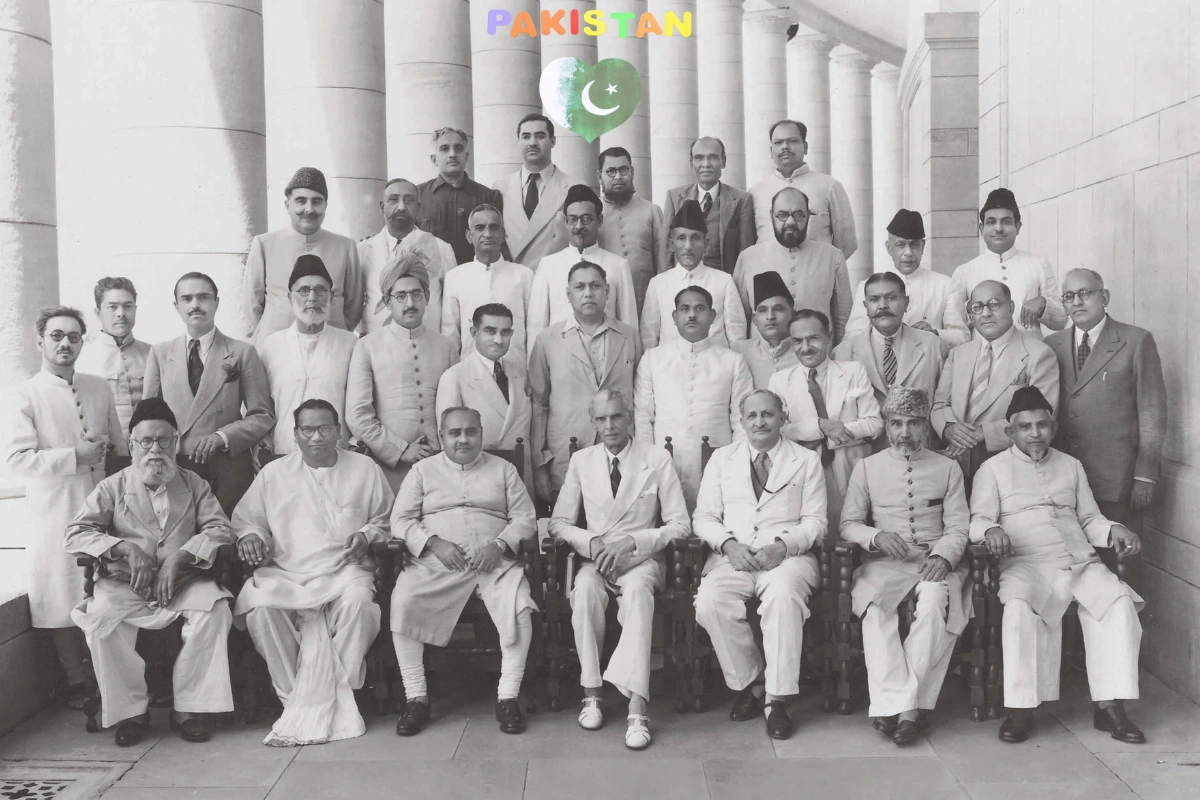Introduction
Ever wonder, “When did Pakistan start?” It sounds simple, but it’s a question loaded with history, emotions, and a nation’s journey. Let’s unpack this story together and explore how Pakistan came into existence and blossomed into the country we see today.
Understanding the Question
The phrase “When did Pakistan start?” often confuses people. Is it about the people, the nation, or cultural movements? It’s all of that! It touches on the nation’s foundation, societal changes, and global presence.
Why Is This Topic Important?
If we are aware of Pakistan’s beginnings, we can better appreciate its challenges and successes. This sheds light on how a nation is born from dreams, sacrifices, and unwavering determination.
The Birth of Pakistan
Historical Background Before 1947
Before 1947, there was no Pakistan. The region was part of British India, a vast subcontinent governed by the British Empire for nearly 200 years.
The Role of British India
Muslims believed that in a system with a Hindu majority, their identity and rights were underrepresented. This feeling grew stronger in the early 20th century, leading to calls for a separate homeland.

The Lahore Resolution and the Muslim League
In 1940, the Lahore Resolution—also known as the Pakistan Resolution—was passed, demanding separate states for Muslims. This was the pivotal moment that gave rise to the concept of Pakistan.
August 14, 1947—The Official Start
Independence Day Significance
Pakistan first appeared on the international map on August 14, 1947. This day is celebrated yearly as Independence Day, a moment of immense pride for every Pakistani.
Key Events on August 14
This historical moment was marked by the transfer of power, the raising of the green and white flag, and the emotional speeches.
Muhammad Ali Jinnah’s Leadership
Quaid-e-Azam Muhammad Ali Jinnah led the movement with vision and resilience. His leadership is often credited with turning Pakistan’s dream into a reality.
The Early Days of Pakistan
Challenges Faced by the New Nation
Pakistan had to build everything from scratch, from economic instability to administrative chaos.
Migration and Humanitarian Crisis
Millions of Muslims migrated from India to Pakistan, facing violence, loss, and hardship during this partition.
Building a National Identity
Despite the chaos, Pakistan began to craft its unique identity, culturally and politically.
Evolution of Pakistani Society
Political Landscape in Early Years
The early years saw political turbulence, with multiple leadership changes and military coups shaping the governance.
Economic Struggles and Progress
While Pakistan struggled economically, it laid the groundwork for future industries and agricultural reforms.
Cultural Flourishing
Music, poetry, and traditional arts began to define Pakistani culture, creating a rich tapestry celebrated worldwide.
Pakistan’s Growth in the Modern Era
Industrial and Technological Development
Industries expanded, cities grew, and the technological sector began to take shape in the late 20th century.
Sports, Arts, and Global Recognition
From cricket victories to Oscar-winning documentaries, Pakistan started making its mark globally.
The Start of Pakistani Cricket Craze
Cricket as a National Obsession
Cricket isn’t just a game in Pakistan—it’s a passion that unites people across all divides.
Early Cricket Milestones
Pakistan played its first Test match in 1952 and won its first World Cup in 1992, moments forever cherished.
When did Pakistan start in global affairs?
Role in International Politics
Pakistan quickly joined the UN and began participating in international politics and peacekeeping missions.
Peacekeeping and Diplomacy
The country contributed to numerous UN peacekeeping missions, showcasing its commitment to global peace.
The Start of Pakistani Cinema and Entertainment
Lollywood’s Rise
In the 1950s and 1960s, Pakistan’s film industry—known as Lollywood—began to flourish.
Modern TV and Drama Boom
Pakistani dramas gained global popularity in recent decades, captivating audiences with strong storylines.
Pakistani Startups in Technology and Innovation
IT Sector Expansion
In the 2000s, Pakistan began embracing the IT revolution, giving rise to new job markets and startups.
Startups and Youth Initiatives
Today, Pakistani youth drive a wave of entrepreneurship, making the country a tech hub to watch.
The Pakistani Diaspora—A New Start Abroad
Migration Waves
Pakistanis started migrating abroad for better opportunities, creating vibrant communities worldwide.
Contributions to Foreign Economies
These communities play vital roles in their adopted countries while staying deeply connected to their roots.
Future Starts for Pakistan
Vision 2025 and Beyond
Pakistan’s Vision 2025 aims to transform the country into a top emerging economy with inclusive growth.
Youth Empowerment and Sustainability
Empowering young people and focusing on sustainability are key to ensuring Pakistan’s bright future.
Conclusion
Pakistan’s start wasn’t just a single moment—it was a series of courageous steps by millions of people who dreamed of a new land. From the struggle for independence to its emergence on the global stage, Pakistan’s journey is filled with challenges and triumphs. As the country looks toward the future, its spirit remains unbreakable, driven by its resilient people and rich heritage.
FAQs
When did Pakistan officially become a country?
Pakistan officially became a country on August 14, 1947.
Why is August 14 so crucial in Pakistan?
It commemorates the day Pakistan became a sovereign republic and won its freedom from British domination.
What were the main challenges after independence?
Significant challenges included economic instability, refugee crises, administrative setup, and building national unity.
How did Pakistani cricket start?
Cricket has become the most popular sport in Pakistan since its first official Test match in 1952.
What does the future hold for Pakistan?
With a strong focus on youth, technology, and sustainable development, Pakistan has great potential for future growth and success.
